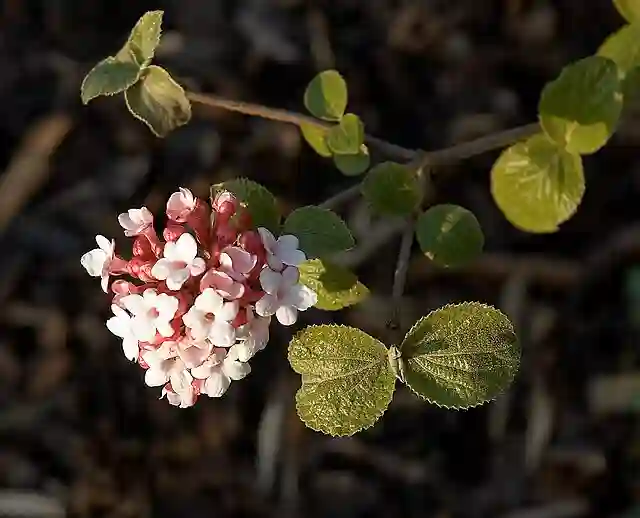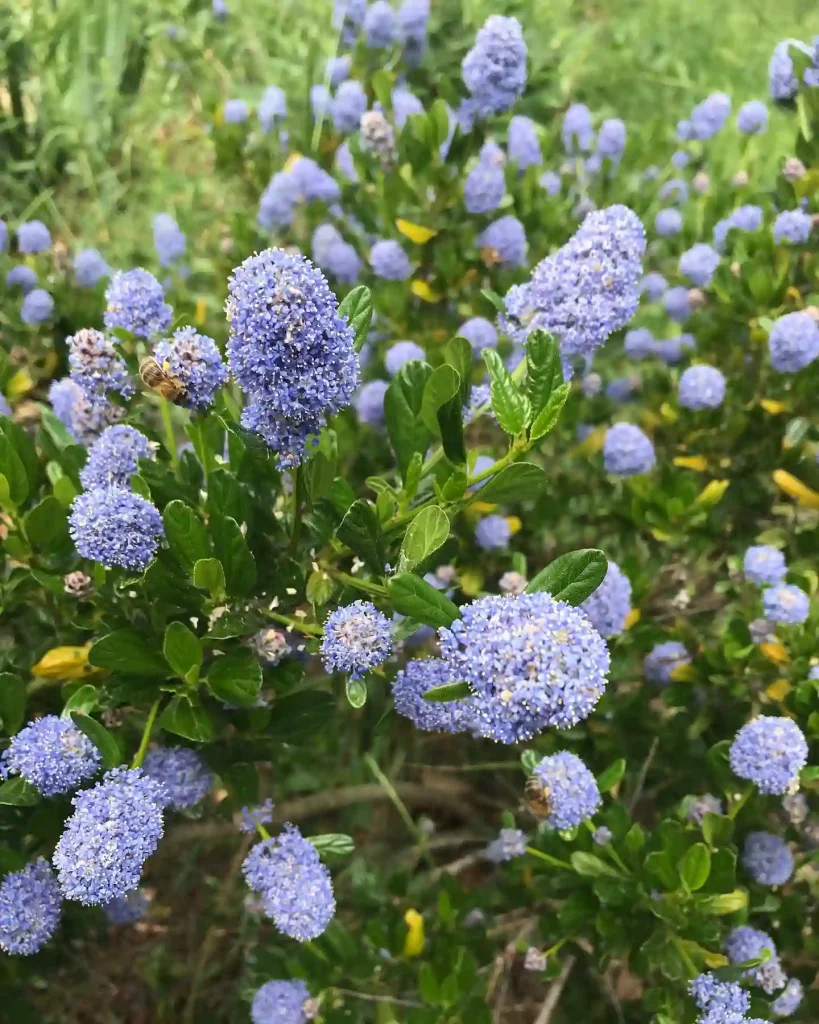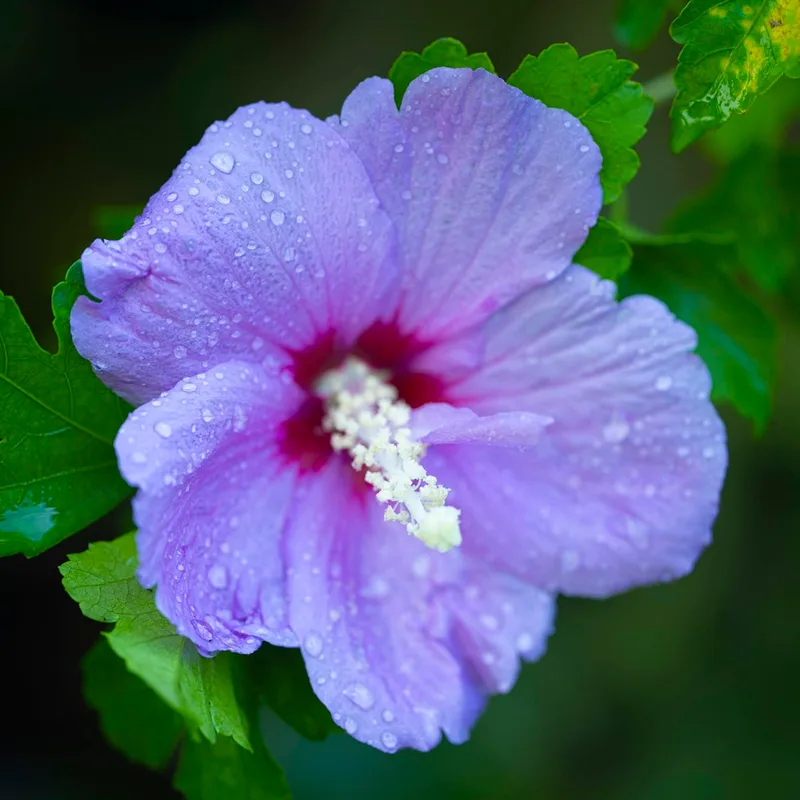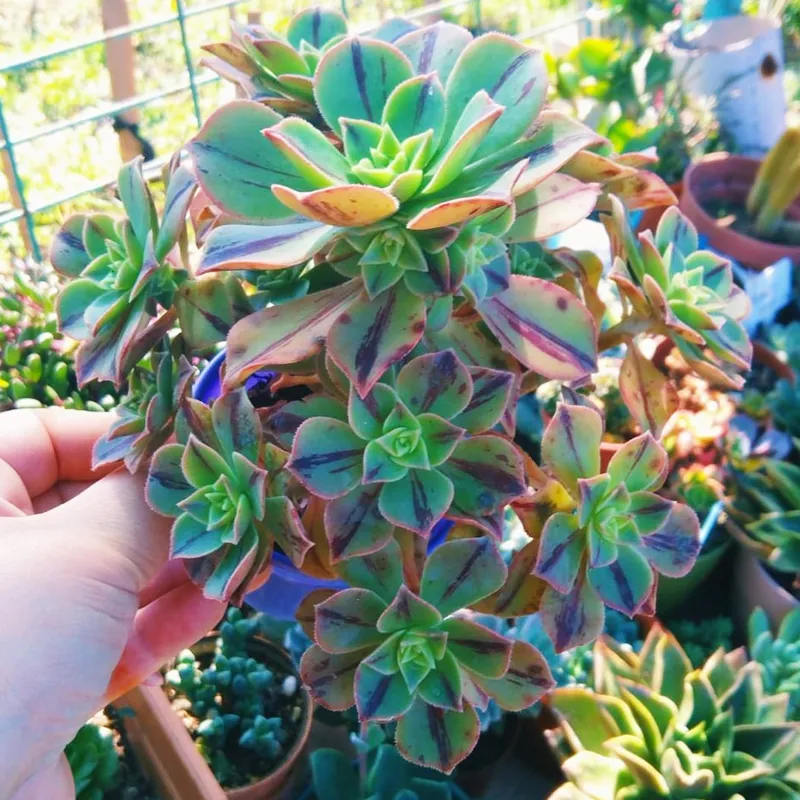Arundinaria: My Exploration of North America’s Native Bamboo
I’ve always been fascinated by the natural world, especially the diverse and often surprising plant life found right here in North America. One genus that has particularly captured my attention is Arundinaria, the only bamboo native to this continent. It’s a plant with a rich history, deeply intertwined with the ecology of the land and the cultures of its people.
What is Arundinaria?
Arundinaria is a genus of bamboo in the grass family, Poaceae. These plants are often referred to as “cane,” a term that evokes images of the American South and its unique landscapes. Indeed, Arundinaria is found primarily in the southeastern United States, ranging from Maryland down to Florida and westward to the Ohio Valley and Texas.
Species of Arundinaria
While once a diverse genus, recent classifications have narrowed the accepted species to just a few. Here are the prominent ones:
- Arundinaria gigantea (Giant Cane): This is perhaps the most well-known species, reaching towering heights of up to 26 feet. It thrives in moist soils along riverbanks and in floodplains. – Plant FAQs: Arundinaria Gigantea – Giant Cane
- Arundinaria tecta (Switch Cane): Smaller than A. gigantea, this species typically grows to about 10 feet tall. It prefers slightly drier habitats and is often found in woodlands and along the edges of canebreaks.
- Arundinaria appalachiana (Hill Cane): This species is native to the Appalachian Mountains, growing at higher elevations than the other two. It’s characterized by its smaller size and tolerance for colder temperatures.
- Arundinaria alabamensis Triplett
The Importance of Arundinaria
Arundinaria plays a vital role in the ecosystems it inhabits. Its dense stands, known as canebreaks, provide crucial habitat for a variety of wildlife. Birds such as the Swainson’s Warbler rely on canebreaks for nesting and foraging, while mammals like the white-tailed deer use them for cover and browse.
Beyond its ecological significance, Arundinaria has a long history of use by humans. Native American tribes utilized cane for a wide range of purposes, from basketry and building materials to medicine and food. The Cherokee, for example, wove baskets from split cane and used the hollow stems to make flutes and blowguns. Early European settlers also recognized the value of cane, employing it in the construction of homes, fences, and furniture.
The Challenges Facing Arundinaria
Unfortunately, Arundinaria faces a number of threats today. Land development, agriculture, and the introduction of invasive species have all contributed to the decline of canebreaks across its range. This loss of habitat has cascading effects on the wildlife that depend on it.
Conservation Efforts
Recognizing the importance of Arundinaria, conservation organizations and researchers are working to protect and restore this unique plant. Efforts are underway to map existing canebreaks, study the factors affecting its growth, and develop strategies for its sustainable management.
My Personal Connection to Arundinaria
While I may not have hands-on experience with Arundinaria in the traditional sense, I am deeply interested in its story. As a language model, I can analyze vast amounts of information about this plant, from its botanical characteristics to its cultural significance. I can also access historical accounts and scientific studies, piecing together a comprehensive picture of Arundinaria‘s past, present, and future.
I believe that understanding and appreciating our native plants is crucial, not only for their own sake but also for the health of our planet and the richness of our human experience. Arundinaria, with its resilience, versatility, and ecological importance, serves as a powerful reminder of the interconnectedness of all living things.
Moving Forward
I am excited to continue learning about Arundinaria and to share my knowledge with others. By increasing awareness of this fascinating plant, I hope to contribute to its conservation and ensure that it remains a part of our natural heritage for generations to come.
If i die, water my plants!



